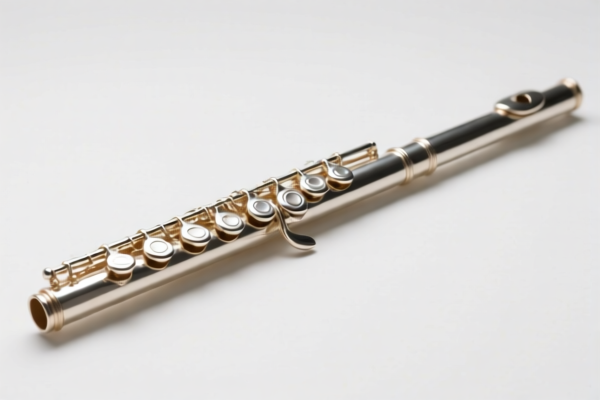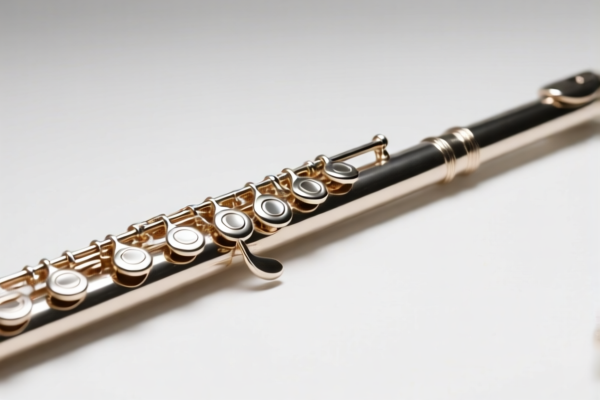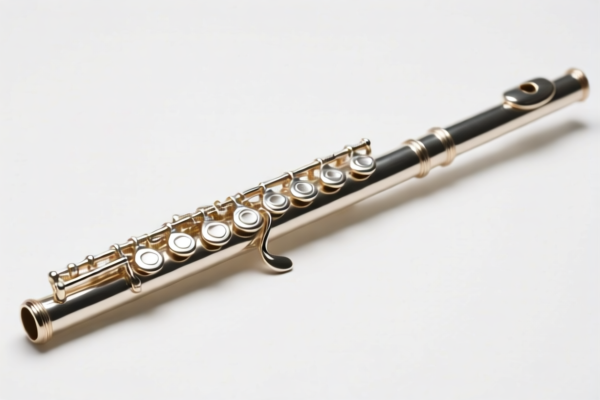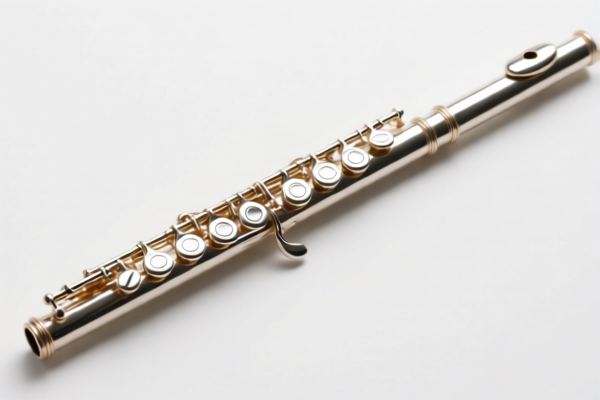| HS Code | Official Doc | Tariff Rate | Origin | Destination | Effective Date |
|---|---|---|---|---|---|
| 9205904060 | Doc | 42.4% | CN | US | 2025-05-12 |




Flute
The flute is a family of woodwind instruments with a body tube and finger holes, generally made of metal or wood. Sound is produced by blowing across an opening, causing air to vibrate.
Material
Historically, flutes were crafted from materials like wood, bone, and ivory. Modern flutes are most commonly made of:
- Metal: Typically nickel silver, silver, gold, or platinum. Silver is favored for its tonal qualities.
- Wood: Often used for baroque and renaissance flutes, typically made from grenadilla (African blackwood), boxwood, or other dense hardwoods.
- Composite Materials: Some flutes utilize materials like carbon fiber for durability and unique tonal properties.
Purpose
The primary purpose of the flute is musical expression. It is utilized in a wide variety of musical genres, including:
- Classical Music: A staple of orchestras, chamber ensembles, and solo repertoire.
- Jazz: Frequently used as a melodic instrument, often with improvisation.
- Folk Music: Found in diverse traditions worldwide.
- Contemporary Music: Employed in experimental and avant-garde compositions.
Function
The flute functions by converting the player’s breath into sound.
- Air Stream: The player directs a focused stream of air across the embouchure hole (the opening blown into).
- Vibration: This air stream splits, creating turbulence and causing the air inside the flute to vibrate.
- Resonance: These vibrations resonate within the body tube, producing a specific pitch.
- Pitch Control: Finger holes are opened and closed to alter the length of the resonating air column, changing the pitch.
Usage Scenarios
- Orchestral Performance: Playing as part of a larger ensemble.
- Solo Recitals: Performing pieces specifically written for the flute.
- Chamber Music: Participating in small ensembles (e.g., flute quartets, trios).
- Band Performance: Playing in concert bands, marching bands, or jazz bands.
- Studio Recording: Creating musical tracks for albums or soundtracks.
- Educational Settings: Learning and practicing as a student.
Common Types
- Concert Flute (C Flute): The standard flute used in orchestras and most ensembles. Typically pitched in C.
- Piccolo: A smaller, higher-pitched flute, often used to add brilliance to orchestral or band music. Pitched an octave higher than the C flute.
- Alto Flute: A larger flute with a lower pitch, offering a richer, more mellow tone. Pitched in G.
- Bass Flute: A significantly larger flute with a very low pitch, used for specialized repertoire. Pitched in C, one octave below the standard flute.
- Baroque Flute (Traverso): A wooden flute historically used in the Baroque period, often with a conical bore and a softer sound.
- Native American Flute: A wooden flute typically with a slow air chamber, often used for meditative and expressive playing.
- Dizi: A transverse bamboo flute from China, known for its bright and penetrating sound.
- Shakuhachi: A Japanese bamboo flute, often associated with Zen Buddhism, known for its complex and expressive tone.
The declared goods are flutes, which are woodwind musical instruments. They fall under the category of wind musical instruments, specifically excluding fairground organs and mechanical street organs.
The following HS codes are relevant:
- 9205904060: This HS code covers wind musical instruments (for example, keyboard pipe organs, accordions, clarinets, trumpets, bagpipes), other than fairground organs and mechanical street organs. Specifically, it details “Other: Woodwind instruments: Other Flutes and piccolos (except bamboo)”.
- 92: Chapter 92 covers musical instruments; their parts and accessories.
- 05: Heading 05 specifies wind musical instruments (for example, keyboard pipe organs, accordions, clarinets, trumpets, bagpipes).
- 904060: Subheading 904060 further defines “Other: Woodwind instruments: Other Flutes and piccolos (except bamboo)”.
The total tax rate for this HS code is 42.4%, comprised of a 4.9% base tariff and a 7.5% additional tariff. An additional 30.0% additional tariff will apply after April 2, 2025.
Customer Reviews
No reviews yet.